Giant Schnauzer Puppies
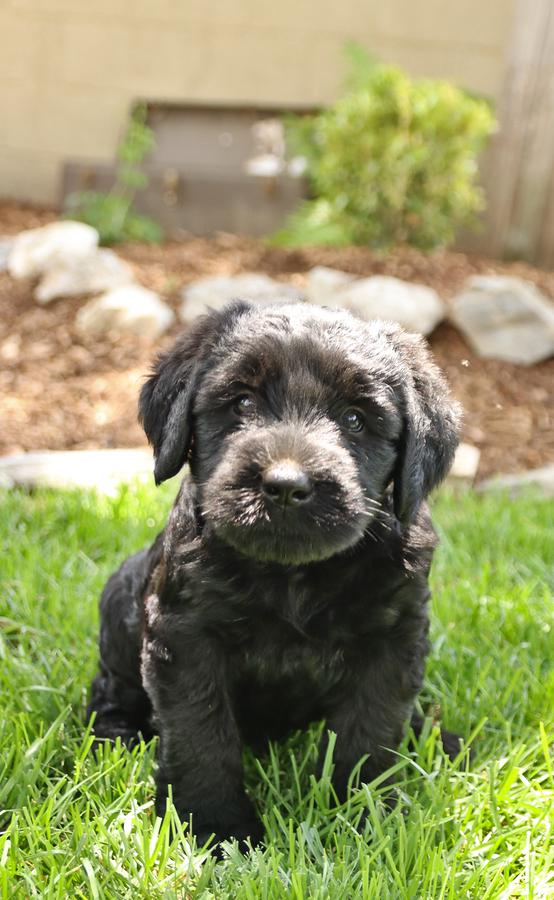
A playful, protective, and loving breed
Originating from Germany to serve as cattle herding dogs, the Giant Schnauzer is a highly energetic dog that makes a great addition to active households. Bold, strong, and affectionate with their families, the Giant Schnauzer is devoted to and protective over those it loves. All these characteristics make the Giant Schnauzer the perfect hiking, jogging, and biking companion.
Giant Schnauzer At a Glance
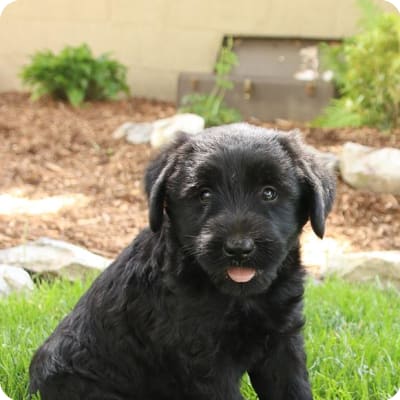
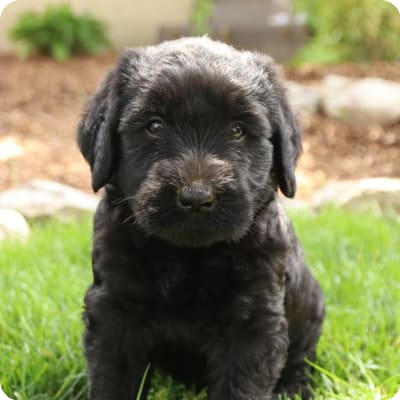
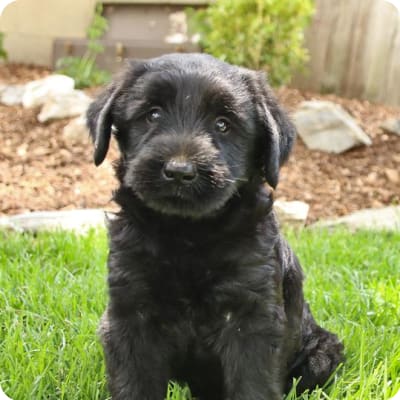
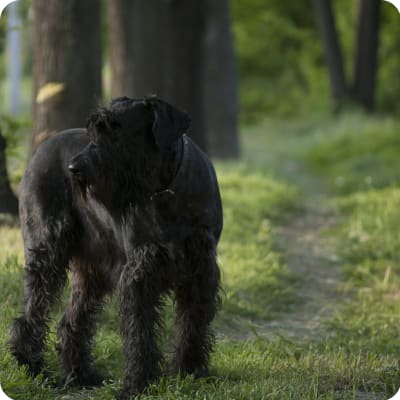
Giant Schnauzer At a Glance
- Size: 23"-28", 55-85 lbs.
- Lifespan: 12-15 years
- Energy Level: high
- Coat: Dense and wiry with a soft undercoat and harsh outer coat
- Shedding: light
- Hypoallergenic: Yes
- Dog Group: Working
- Common Nicknames: Munich Schnauzer, Riesenschnauzer
Schnauzer Giant Breed Guide
Learn More About Schnauzer Giants


